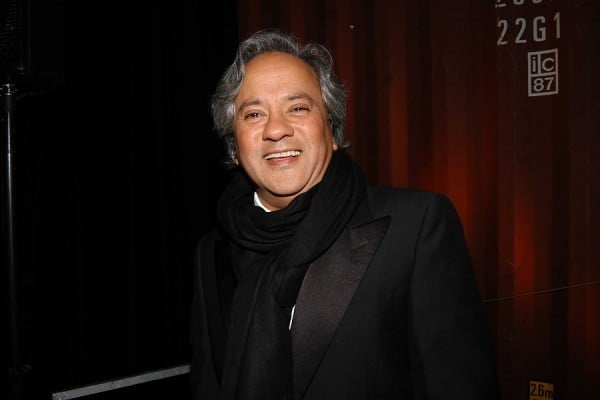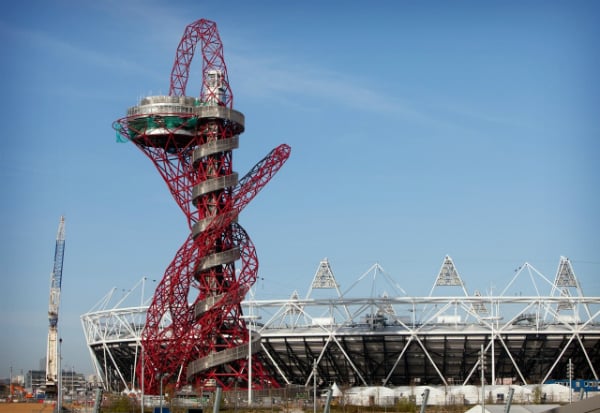People
Anish Kapoor Calls Aggressive Immigration Policies ‘Ridiculous’ and Says Art Could Solve Global Warming
Britain's national treasure speaks out, again.

Britain's national treasure speaks out, again.

Lorena Muñoz-Alonso

The British-Indian artist Anish Kapoor gave an interview to the BBC last night, where he made some incisive comments about politics and art.
Perhaps the most salient aspect of Kapoor’s intervention is his take on the recent immigration debates raging across the UK.
The current British government proposed plans to curb migrants’ rights and welfare, and British politics saw the sudden rise of UKIP, a party that advocates for more severe and controlled immigration policies.
Kapoor, who was born in post-colonial India in 1954 and moved to England in 1973 to study fine art, deemed the current immigration debates “hysterical and more than slightly ridiculous.”
“I have always had problems with the idea of being an immigrant,” Kapoor—who was named Commander of the Order of the British Empire (CBE) in 2003, and awarded a Knighthood in 2013—revealed. “However, I was born in India […] so it must be true. There are many like me, who would not have stayed, or worked, or been part of the British establishment had it not been for a slightly more liberal immigration environment.”
He drove home his point, adding, “The current situation means that we train students, who come here to go to art school or whatever, and 99.9 percent are made to leave after they’re finished. We reduce ourselves to a small pool of talent. Why would we do that? It’s beyond my understanding. That’s got to be economical madness too.”
Art Could Provide Answer to Problems Such as Global Warming
Overall, Kapoor made a passionate plea for creativity, and fostering the artistic talent of the younger members of society:
“I have a deep sense that we enslave—and I use that word particularly—our young people to a project that ties them, ties all of us, to a means of production,” he told BBC reporter Stephen Smith. “We want our young people to go out there and function in our factories, but we never for an instant consider them as people. We need to be making job makers, and not job seekers” (see 12 Must-Read Tips for a Successful Career in the Art World).
But for Kapoor, the powers of art are not only good to motivate and soothe people (see You Must See Anish Kapoor’s Perpetual Black Whirlpool at Kochi-Muziris Biennale—It’s Amazing). They can also be used for practical problem-solving:
“I wouldn’t be surprised if answers to the difficult problems that face us, such as global warming, which we look to address through scientific means, may also have an address artistically.”
Lastly, and showing he’s a good sport, Kapoor shrugged at the mention that ArcelorMittal Orbit (2012), his sculpture for the London Olympic Park, had been slammed by many critics and citizens alike. Did he mind people laughing at it?
“No, I think it’s ok. It’s an object with all its elbows sticking out and it is slightly awkward, but I think I made it for that reason, I wanted it to be slightly awkward,” he said.

Anish Kapoor’s ArcelorMittal Orbit (2012)
Photo via: Archdaily